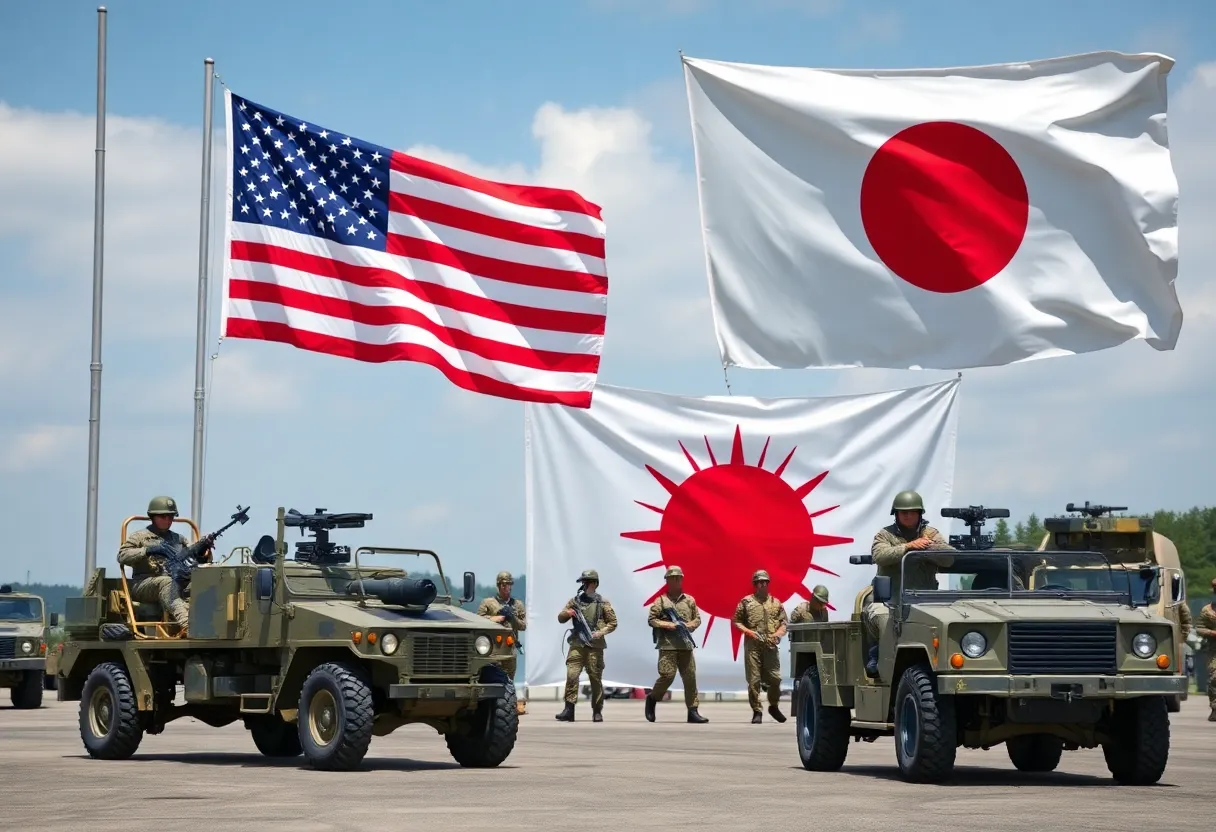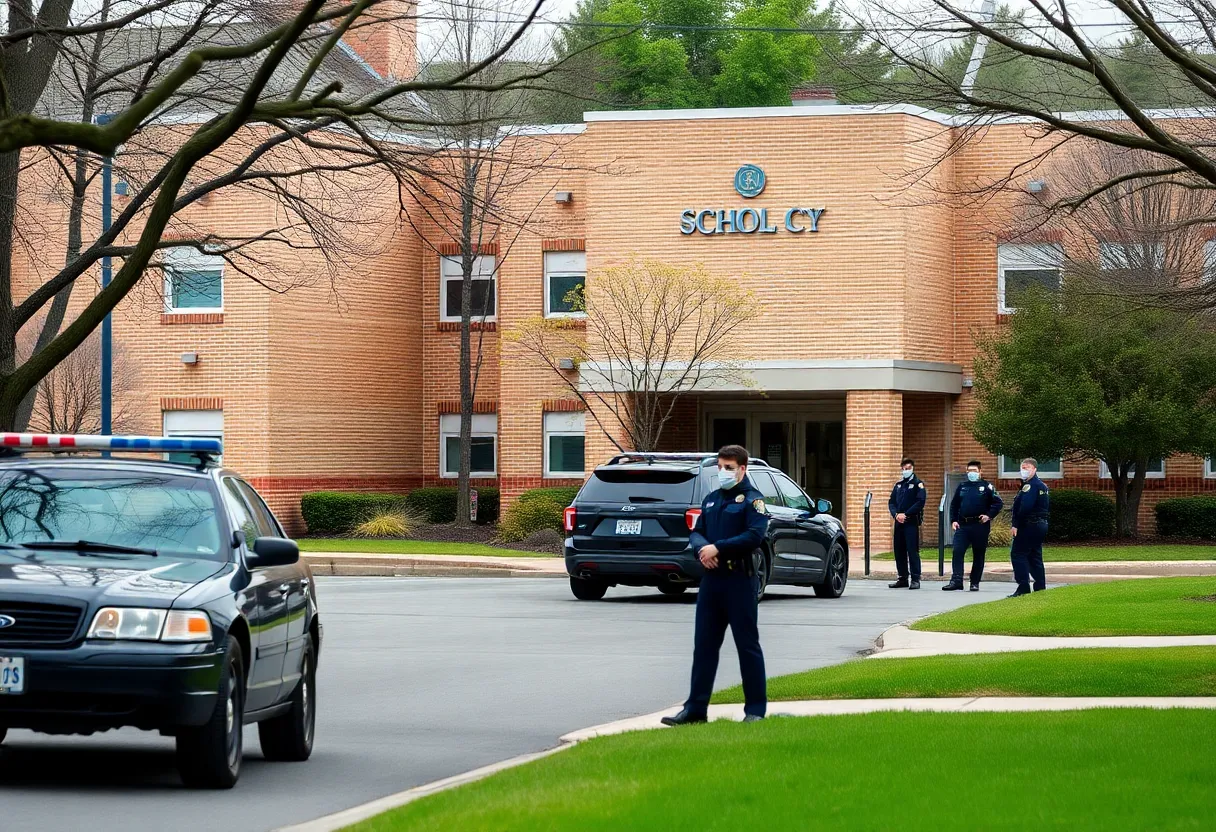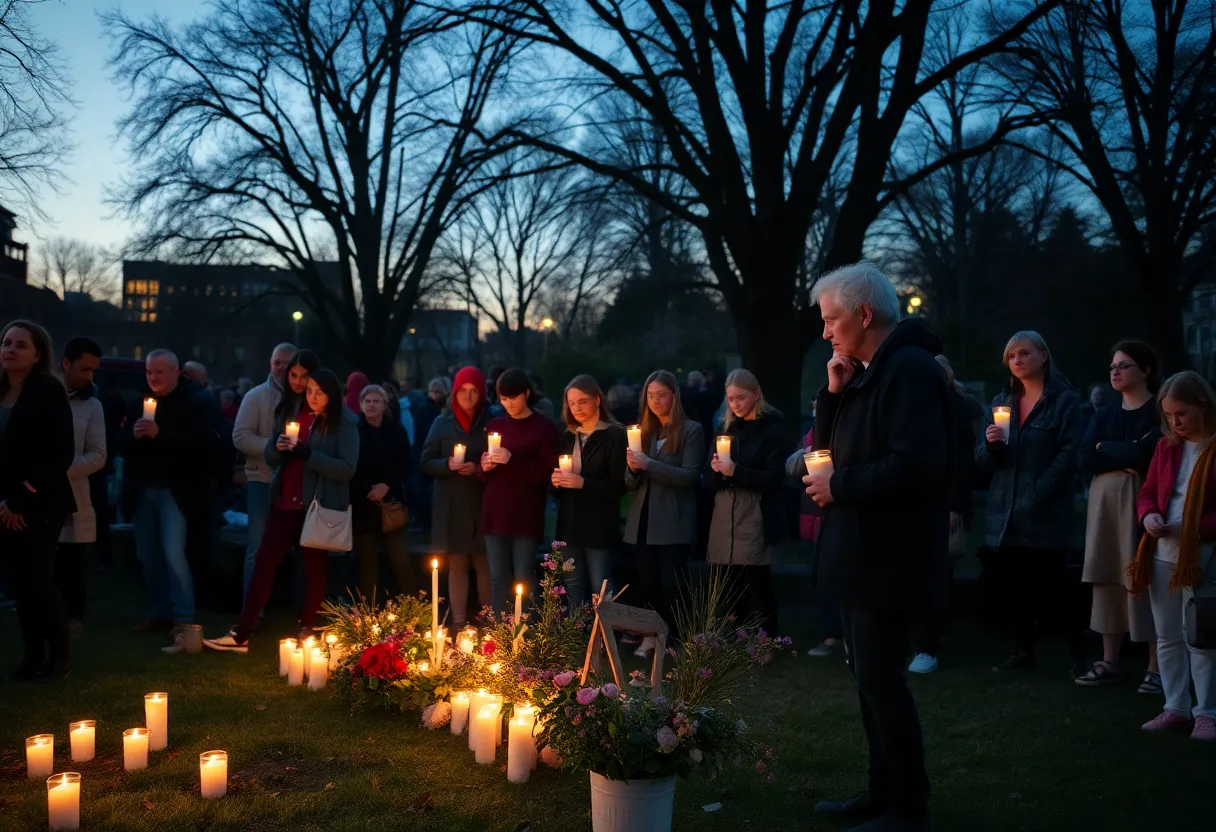News Summary
During his first official trip to Asia, U.S. Defense Secretary Pete Hegseth met with Japanese Defense Minister Gen Nakatani to reinforce military relations between the two countries. The discussions aimed to address rising tensions from China, particularly regarding Taiwan, and included plans for joint military exercises and increased defense spending in Japan. Hegseth emphasized the importance of U.S.-Japan unity against external threats, underlining a commitment to regional stability amidst evolving international alliances and security concerns.
U.S. Defense Secretary Hegseth Strengthens Ties with Japan Amid China’s Aggression
In a significant move for global security, U.S. Defense Secretary Pete Hegseth has wrapped up his first official trip to Asia, culminating in an important meeting with Japanese Defense Minister Gen Nakatani in Tokyo. This 85-minute conversation focused heavily on solidifying military relations between the two nations, particularly in light of recent tensions arising from China’s assertive actions in the region.
Tackling Concerns Over Military Alliances
Hegseth’s visit was crucial as it aimed to reassure Japan about the commitment of the Trump administration to bolster military ties. Amid rising tensions, especially concerning Taiwan—a self-governing island that China has aggressively claimed—Japan felt the urgency for a solid defense strategy. The U.S. is advancing a project from the Biden administration that plans to set up a joint military command in Tokyo, which is being referred to as a “war-fighting headquarters.” While the timeline for its operation remains unclear, this move is expected to significantly enhance the coordinated military efforts of both nations.
Joint Military Exercises Set for Expansion
Part of the newly laid plans includes an increase in joint military exercises in the Okinawa islands, which are strategically located near Taiwan. This expansion is aimed at fortifying the military readiness of both U.S. and Japanese forces, reflecting an urgent need to counterbalance any aggressive maneuvers by China in the region.
Philippines to Japan: A Broader Strategy
Before heading to Japan, Hegseth made a stop in the Philippines, where he worked to quell any concerns over the United States’ commitment to the whole Asia-Pacific region. U.S. officials have noted Japan’s unease about the ongoing shifts in international alliances, particularly regarding potential concessions made to Russia over Ukraine. Japanese officials fear that such changes could signal a softening approach that might embolden China in its intentions toward Taiwan.
Strength in Unity
Throughout his discussions, Hegseth underscored that the United States stands shoulder-to-shoulder with Japan against the threats posed by China. He made it clear that the motto of “America first” does not equate to “America alone,” highlighting a unified front in the face of aggression. Japan’s national security heavily relies on the American defense umbrella, and officials like Takuya Akiyama from Japan’s Ministry of Foreign Affairs have acknowledged this longstanding partnership.
Heightened Defense Spending on the Horizon
As tensions with China continue to escalate, Japan is taking proactive measures by planning to increase its defense spending to 2% of its GDP by 2027. They are also reorienting their defense strategy to include counter-strike capabilities, a move seen as a necessary step in an increasingly unpredictable global environment.
Preparing for Future Operations
The establishment of a Joint Force Headquarters in Japan is viewed as a game changer for U.S. military operations in the region. The necessity of this move ties into the ongoing concerns about disinformation and unpredictability affecting U.S.-Japan relations. Past incidents, such as a misrepresentation of Japan’s rice tariffs by the White House press secretary, have strained the relationship, underscoring the importance of clear communication moving forward.
Looking Ahead: Economic Cooperation Amidst Tensions
Adding another layer to these discussions is a scheduled meeting among key trade officials from South Korea, Japan, and China to discuss economic cooperation, especially against the backdrop of increasing U.S. trade pressures. This meeting comes at a pivotal time, as nations navigate the complex web of shifting alliances and regional security matters.
As the world watches these developments closely, the U.S.-Japan alliance remains a cornerstone of stability in military and economic terms. With Hegseth’s visit, there’s a renewed commitment to standing strong against any threats, emphasizing a collaborative approach between these two vital nations.
Deeper Dive: News & Info About This Topic
- The New York Times: U.S. Defense Secretary Hegseth Strengthens Ties with Japan
- Wikipedia: U.S.-Japan Alliance
- CBS News: U.S.-Japan Military Defense Ties Amid China Threat
- Google Search: US-Japan defense
- South China Morning Post: Trump’s Japan Trade Threats
- Encyclopedia Britannica: Japan
- Bloomberg: China, Japan, South Korea Meet Amid Trump Tariffs
- Google News: Japan China US relations
- The Washington Post: Japan Auto Industry and Trump Tariffs
- Google Scholar: Japan China military relations







